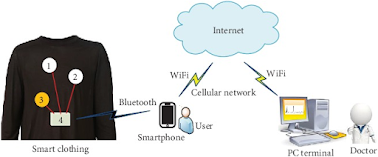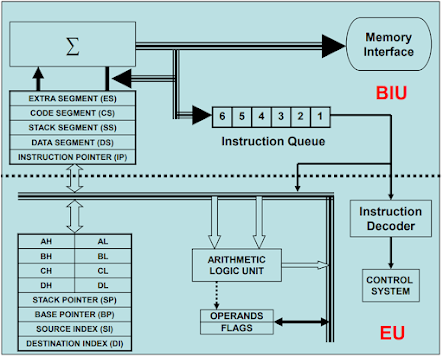SMART TEXTILE

Smart Textile Smart textiles are one of the areas that provides added value to textile materials. It is a sector that has been developed with new technologies, new fibers, and textile materials. The production of smart or intelligent textiles cooperate with other branches of science like nanotechnology, materials science, design, electronics, and computer engineering, etc. Smart textiles are classified into three groups as passive smart textiles, active smart textiles and ultra smart textiles according to their performance characteristics. Passive smart textiles are the first generation of smart textiles and sense the external conditions; for instance, UV protecting clothing, conductive fibers, etc. As active smart textiles respond to external conditions, ultra smart textiles sense, react, and adopt themselves to conditions. Shape memory materials, chromic materials, heat storage, and thermo-regulated fabrics are the typical applications of active smart textiles. Textiles, with ...


